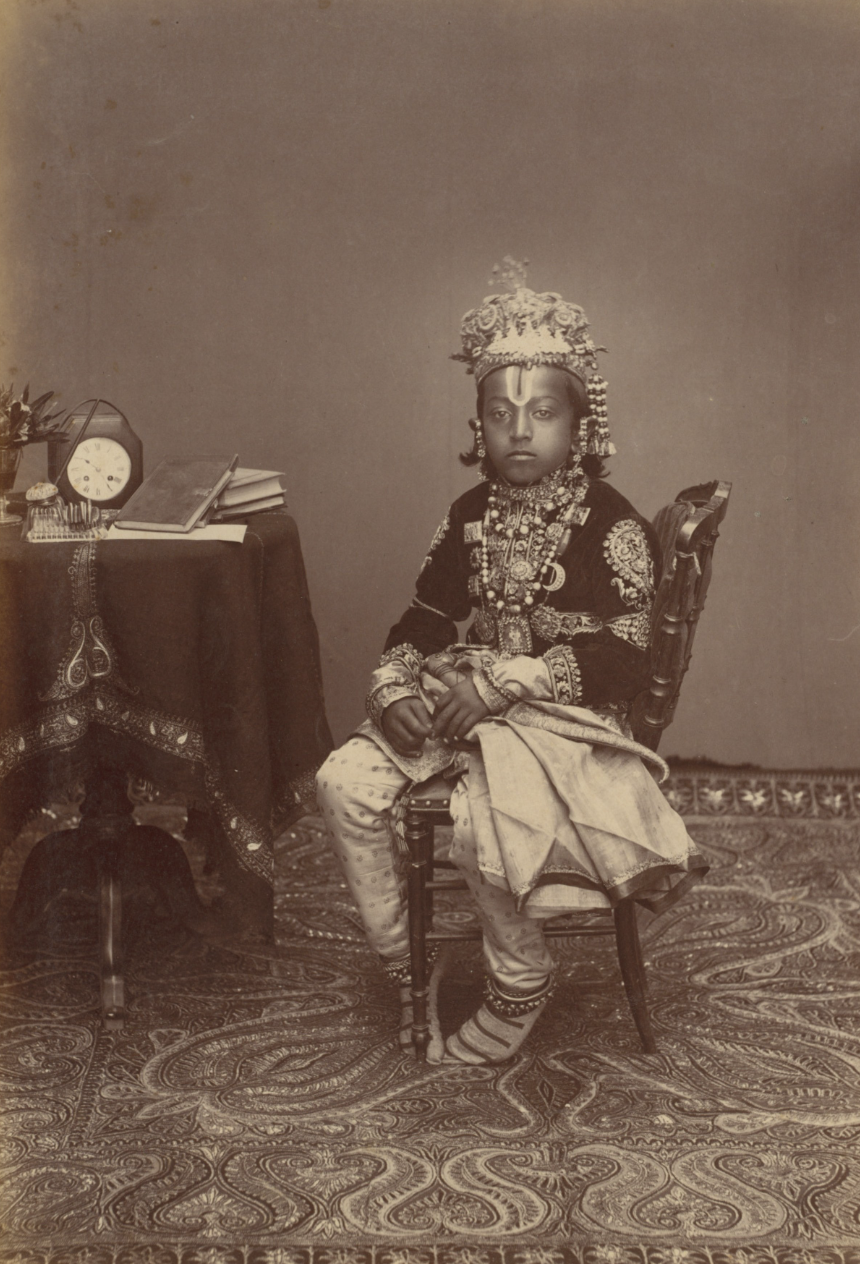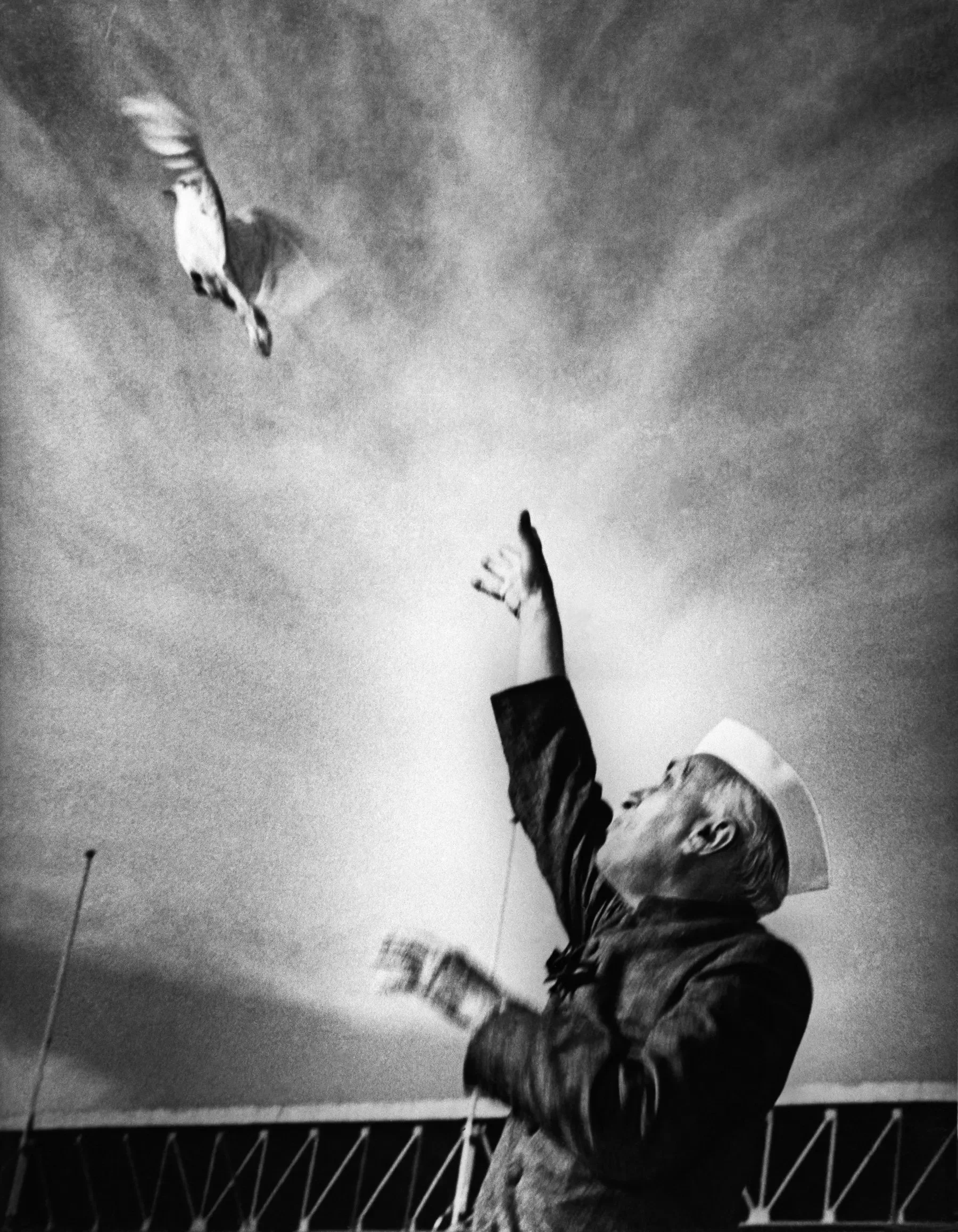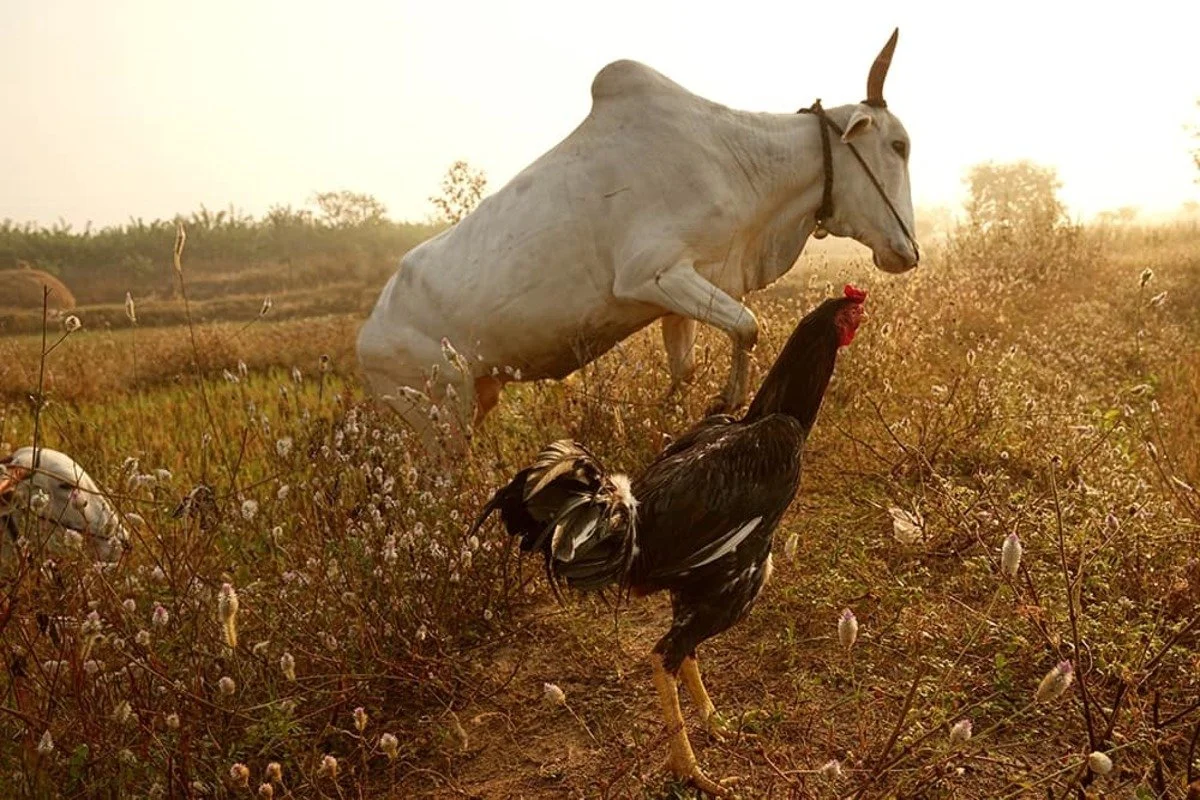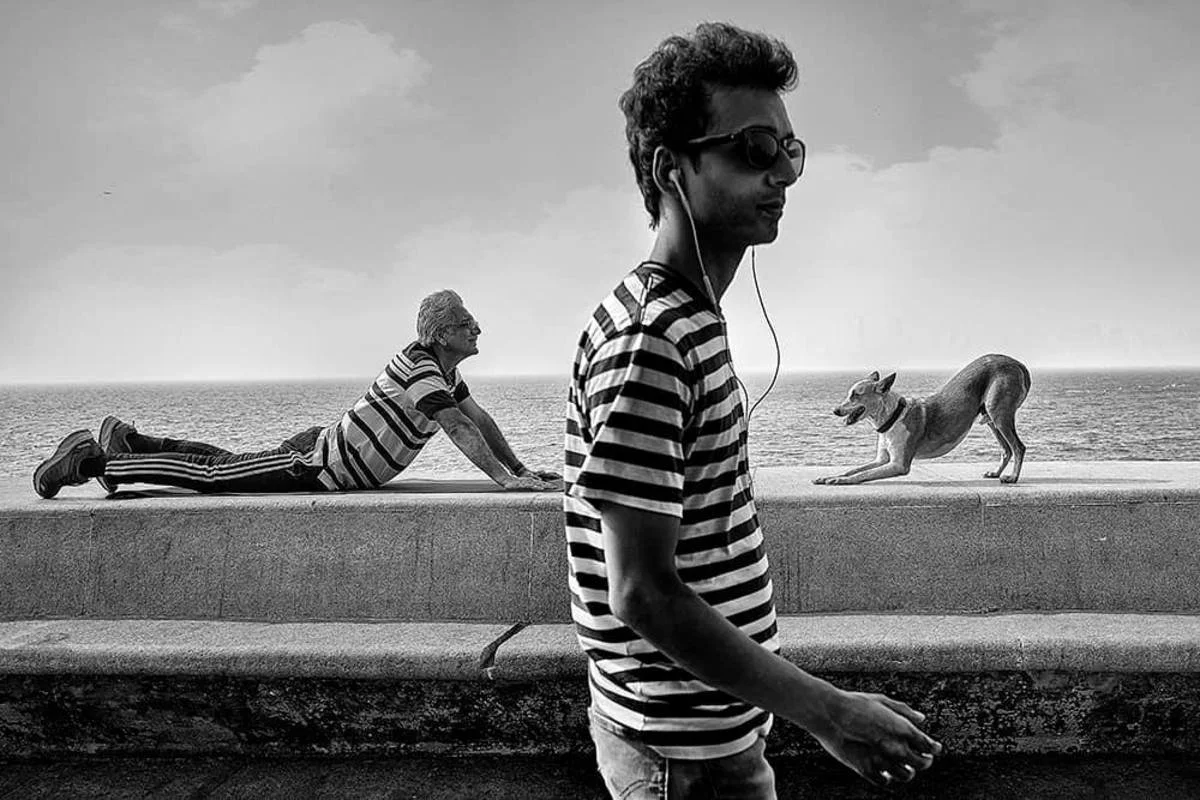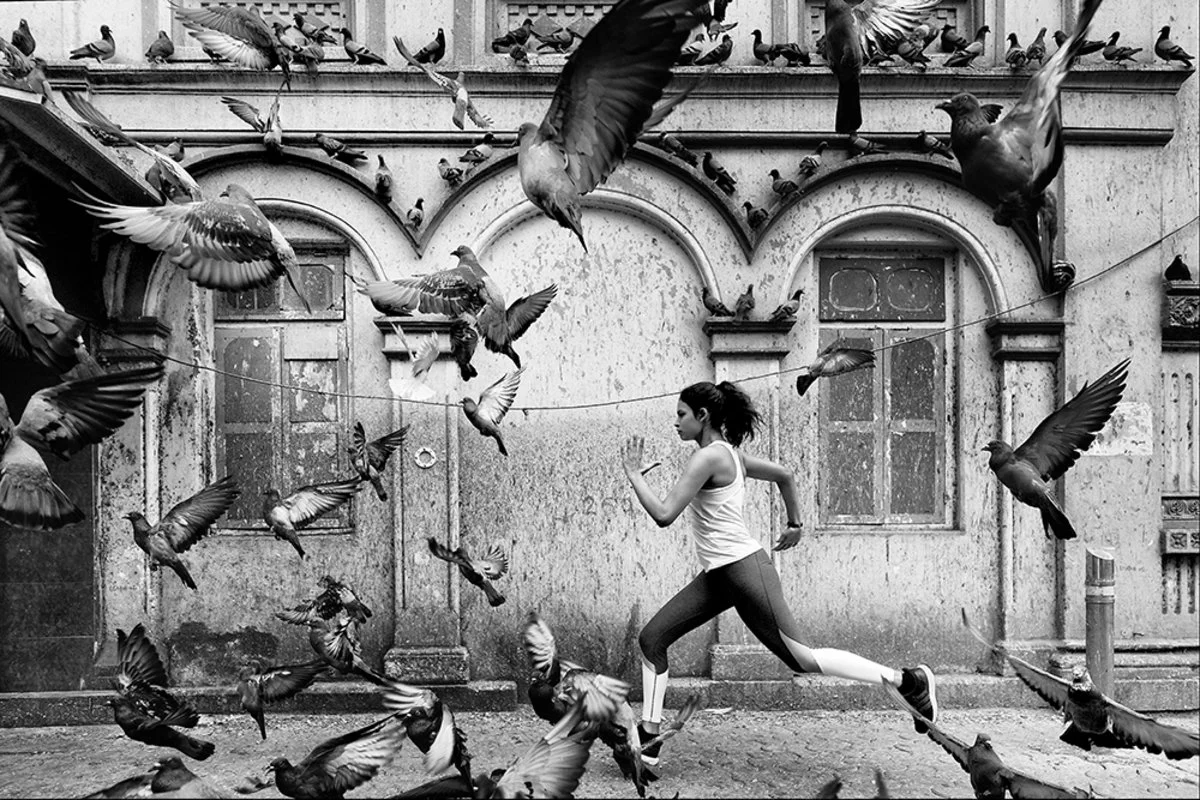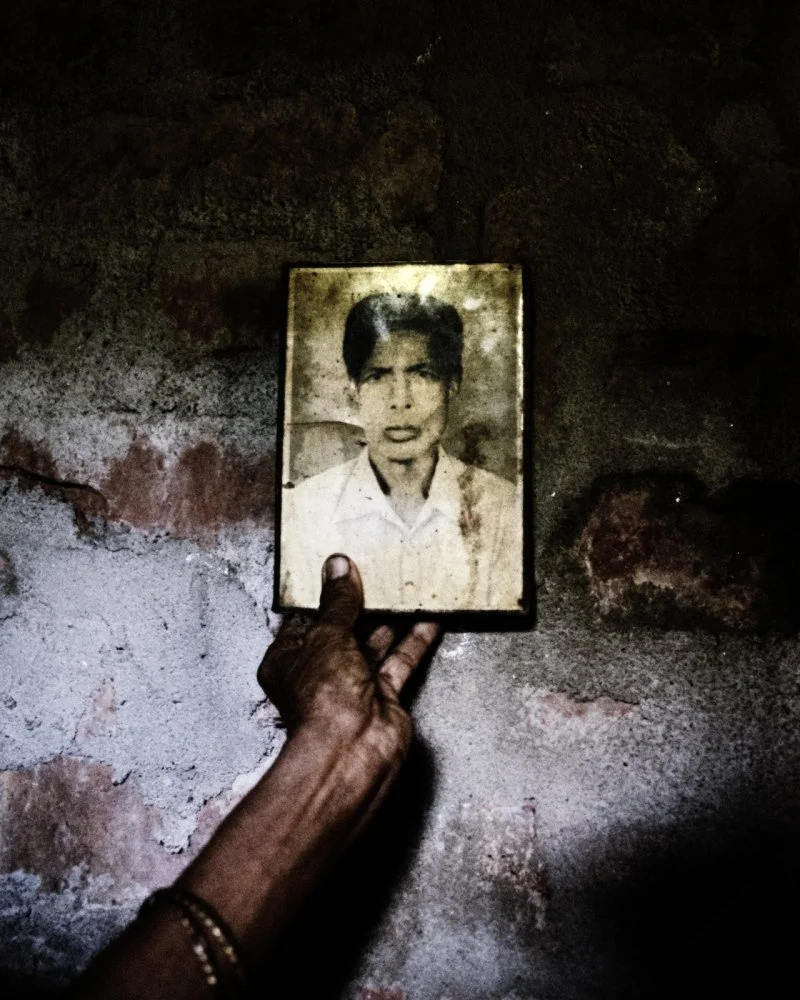Evolution of Photography in India: A Journey So Long, You’ll Need 180 Years to Read It
The story of photography in India is as layered as the country's history itself, a tale that weaves colonialism, art, politics, and technology into a vibrant tapestry. From the early days when bulky cameras captured sepia-toned images of a land veiled in mystery to today's digital and smartphone revolution, the evolution of photography in India is a fascinating journey that mirrors the country's transition from colonial rule to modern independence.
The Dawn of Photography: 19th Century Beginnings
Initially introduced by British colonists, photography arrived in India soon after its invention in the 1830s. The medium was used primarily for documentation rather than artistic expression, with early images capturing landscapes, architecture, and people; mainly the Indian royalty and local nobility. The earliest known photograph taken in India dates back to 1840, capturing the then-Maharaja of Benares. This initial phase was dominated by British photographers, who sought to capture and categorize the "exotic East" for Western audiences, contributing to the Orientalist view of India that became popular in Europe.
His Highness the Maharaja of Rewa, 1886.
Image courtesy of Raja Deen Dayal (Indian, 1844–1905)
In this era, photographs were often seen as scientific artefacts rather than artistic endeavours. However, Indian photographers soon took to the medium, adapting it to local tastes and aesthetics. The images produced during this period provide rare glimpses into colonial-era India, preserving visual records of its architecture, attire, and cultural ceremonies.
Early Indian Photographers: A New Perspective
By the late 19th and early 20th centuries, Indian photographers began to make their mark, adding a new perspective to the visual narrative. One of the earliest and most notable Indian photographers was Raja Deen Dayal, a self-taught photographer who became the official photographer for the Nizam of Hyderabad. His images, capturing everything from grand royal palaces to everyday village life, shifted the focus from a purely Western gaze to an Indian viewpoint. Deen Dayal's work exemplifies this period of transition, with an emphasis on Indian landscapes and subjects photographed with a fresh perspective.
Detachment of Bhopal Battalion at Indore, 1886.
Image courtesy of Raja Deen Dayal (Indian, 1844–1905).
The evolution of photography in India during this period reflected the country's emerging identity. Indigenous photographers began to experiment with style, technique, and subject matter, marking a significant transition. They often captured the subtleties of local culture and the social realities of the time, thereby transforming photography from a scientific artifact to a true art form in India.
Photography in the Independence Era: Documenting Change
As India moved toward independence, photography took on a new role—capturing the spirit of change, resistance, and hope that defined the 20th century. During this time, photojournalism gained prominence, with photographers documenting the freedom struggle, the division during Partition, and the formation of a new, independent India. This period stands as a testament to the power of photography in documenting and shaping history.
Jawaharlal Nehru Releasing a Dove at the National Stadium, New Delhi, c. 1951.
Image courtesy of Homai Vyarawalla.
One iconic figure of this period was Homai Vyarawalla, India's first female photojournalist. Her candid photographs of Jawaharlal Nehru, Mahatma Gandhi, and other leaders are celebrated for capturing intimate moments of a transforming nation. Vyarawalla's work stood apart for its natural style, avoiding the grandiose and focusing instead on unguarded moments that told stories of resilience, unity, and a new vision for India.
The Modern Era: Artistic Expression and Digital Transformation
Post-independence, photography in India transitioned from a means of documentation to a powerful form of visual storytelling and communication. Artists and photographers began experimenting with different genres—street photography, abstract, surrealism, and fashion. This era saw the rise of celebrated photographers like Raghubir Singh, whose vibrant depictions of Indian street life and landscapes captured the essence of everyday India. Singh's work, often compared to American street photographers, brought colour photography into the mainstream and showcased the beauty of India's complex urban and rural settings.
Showroom at Kemp’s Corner, Bombay, Maharashtra, 1990.
Image courtesy of Raghubir Singh
The digital era transformed Indian photography entirely, making it accessible to the masses. With smartphones and digital cameras, photography has become an everyday practice for millions. Social media platforms allow contemporary photographers to share their work instantly, giving rise to new genres, from minimalist architecture photography to experimental portraiture. In this digital age, photography has become a democratic art form, allowing everyone, from established artists to casual smartphone users, to document and share their unique view of the world.
Photography Today: A Cultural Phenomenon
Today, photography is an integral part of Indian culture, influencing everything from fashion to journalism to social activism. With the rise of Instagram and visual storytelling platforms, photography has become a powerful tool for self-expression, documentation, and social change. Emerging photographers are using their cameras to address issues like gender, identity, and environmental challenges, creating images that resonate with local and global audiences.
Color and Black and White Street Photos by Prashant Godbole, Various Locations, India
Image courtesy of Prashant Godbole.
India's photography landscape now boasts numerous exhibitions, festivals, and institutions dedicated to the medium, providing a platform for young talent to innovate and experiment. As photography continues to evolve, it remains a vital part of India's artistic and cultural fabric, inspiring the next generation to see, capture, and interpret the world uniquely.
Images from Where the Birds Never Sing, West Bengal, 2020.
Soumya Sankar Bose’s project reconstructs the Marichjhapi massacre of 1979 through staged portraits and landscapes, blending memory and imagination to bring attention to a largely forgotten chapter of Indian history. Through intimate and evocative visuals, the series explores displacement, loss, and resilience, offering a reimagined narrative of those affected. By intertwining archival research with contemporary storytelling, Bose challenges the erasure of history and preserves the voices of survivors.
Image courtesy of Soumya Sankar Bose.
The evolution of photography in India is a narrative of adaptation and transformation, reflecting the country's journey. From the earliest sepia-toned landscapes to today's digital masterpieces, photography has chronicled India's heritage, diversity, and resilience in an ever-evolving visual language. It stands as a reminder that while technology may change, the essence of storytelling through images endures capturing moments in time, one frame at a time.


